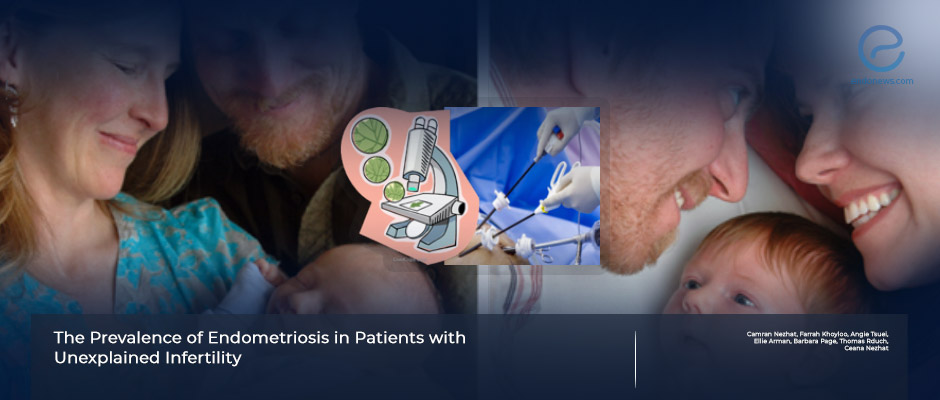Clinical awareness for endometriosis in infertility should be surged
Mar 14, 2024
Endometriosis is more prevalent in infertility patients!
Key Points
Highlights
- For unexplained infertility, noninvasive screening methods for endometriosis should be attempted and the diagnostic gold standard for endometriosis, i.e., laparoscopy with biopsy should be considered.
Importance
- It is estimated that endometriosis may go undiagnosed for up to 11 years due to potential stigma and healthcare access problems.
- According to published scientific data, the current prevalence of endometriosis in individuals with unexplained infertility is between 30–63.2 %.
What's done here
- This is a retrospective cross-sectional study, involving 215 women with unexplained infertility in whom diagnostic laparoscopy and biopsies were performed following unsuccessful reproductive attempts.
Key features
- Histopathologic examinations of laparoscopic biopsies in women with unsuccessful reproductive attempts revealed the presence of endometriosis in about 90.7%.
Potential limitation:
- This study could be criticized as leaning towards a bias in favor of endometriosis.
Lay Summary
A team of researchers from multiple centers including Stanford University and Swiss Federal Laboratories, led by Dr.Camran Nezhat have published their cross-sectional retrospective study on endometriosis and unexplained infertility association. This research paper appeared in a recent issue of the Journal of Clinical Medicine.
It is a pity that potential stigma and healthcare access problems may hamper the diagnosis of endometriosis for about 11 years. Endometriosis patients face the physical and emotional burdens of the ailment, including chronic pain, dysmenorrhea, dyspareunia, dysuria, abnormal urinary and bowel habits, infertility, and organ dysfunction, without any remedy. The published scientific reports revealed the current prevalence of endometriosis in individuals with unexplained infertility is between 30 and 63.2 %.
The authors have made a retrospective cross-sectional study from September 2019 to March 2023, involving 215 women with unexplained infertility in whom diagnostic laparoscopy and biopsies were performed after unsuccessful reproductive attempts. Histopathological assessment of the laparoscopic biopsies revealed pathologic changes in 98.6% of the patients, with 90.7% showing endometriosis.
The Revised American Society for Reproductive Medicine (rASRM) system was employed in this study to determine the stage of endometriosis found laparoscopically and the endometriosis stages were 2.4%, 31.6%, 24.5%, 41.5% for stage I to IV, respectively.
This study could be criticized as leaning towards a bias favoring endometriosis and needs further analysis of the results to encourage open discussion on possible selection criteria in assisting patients with unexplained infertility. Suppose selection biases might affect the prevalence number of endometriosis in this series. In that case, the results of this study should encourage infertility clinics to do the same kind of research with their patient groups. However, the main crucial conclusion of this retrospective study is that endometriosis is far more common in patients with unexplained infertility than expected, hence the clinicians should be alert for the diagnosis of endometriosis as early as possible.
Research Source: https://pubmed.ncbi.nlm.nih.gov/38256580/
endometriosis unexplained infertility prevalence pregnancy

